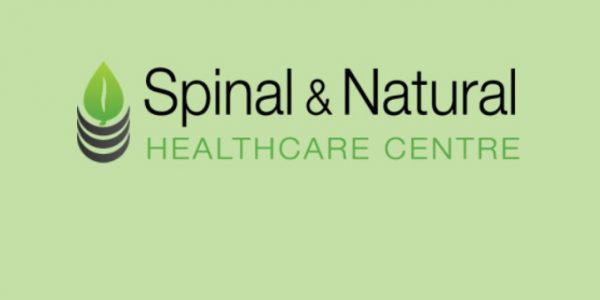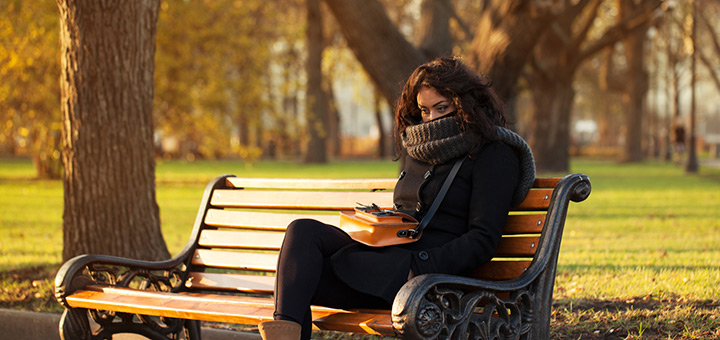Autumn is officially with us and I’ve set a reminder for myself to turn the clocks back on 28 October. At this time of year, I notice that I start to feel down and yearn for bright sunny afternoons. My friends and family and those that know me well, say that I’m solar-powered, hence now working in a tailer made conservatory! But, I’m not alone in feeling lower as the days get shorter: about one in twenty of us is thought to have Seasonal Affective Disorder or SAD.
Because people report feeling sad, low on energy, tired, unsociable, unmotivated and generally depressed during the autumn and winter months, experts believe that SAD is related to reduced exposure to sunlight. Some people find that their sleep and eating patterns are disturbed and that a rare few, say they lose interest in sex. Women and people between the ages of 18 and 40 are more likely to experience SAD symptoms.
How can exposure to sunlight affect us so deeply? It’s still a bit of a mystery but researchers think that bright light affects our brain chemistry – possibly via the hypothalamus which is an area in the brain that influences our mood, appetite and sleep. A sleep related hormone, melatonin, may also be a contributing factor as melatonin can cause symptoms of depression and our brains produce more of it when it’s dark.
Without treatment, people with SAD can find it difficult to live a normal life. Subsyndromal SAD or ‘winter blues’ is a milder condition, but it can still have a major effect on how people feel and act. SAD may also contribute to a weakened immune system during the autumn and winter months and put us at risk of infections and other illnesses.
Recommended treatment includes use of special light boxes, spending time outdoors in natural light, taking regular exercise and counselling for those whom SAD is making existing worries worse. Light box therapy has been found to be very effective. The boxes can be expensive although the cost is dropping each year and for such a successful and natural method of treatment, I would recommend purchasing one if you suffer from SAD.
To have a therapeutic effect, a light box needs to have a light intensity of at least 2,500 lux (a bright summer day can be as much as 100,000 lux). Light therapy involves sitting in front of a light box for a short period each day although you can read or get on with some small task at the same time. You can get a lot more information and advice from the Seasonal Affective Disorder Association.
Personally, as I only experience mild symptoms, I have found that an alarm clock with a special bulb that gradually glows brighter to simulate dawn makes a big difference to how I feel each morning, or literally just leaving the curtains open. Since getting one of these gadgets last year, I’ve found it so much easier to get out of bed on dark winter mornings.
On the subject of light bulbs, there has been a lot of government support for and media hoo-ha around energy efficient compact fluorescent light bulbs. Whilst these are an easy way to improve the energy efficiency of your home and work place, there are some concerns about their effect on health, specifically their contribution to SAD. Research is ongoing but it’s worth bearing in mind if you are an SAD sufferer.
Another point to bear in mind is that the standard en-ergy-efficient compact fluorescent bulbs use mercury – which is highly toxic to your central nervous system, kidneys and immune system as well as very dangerous to the development of unborn babies and young children. If you use these bulbs, please don’t put them in your normal bin but find out about local recycling facilities for them.
A safer, green alternative is light emitting diode (LED) light bulbs which are even more efficient and last longer than compact fluorescent bulbs but they do not contain mercury. You may also want to consider the benefits of full-spectrum light bulbs which simulate natural lighting and are also use less energy than standard bulbs.
But don’t neglect the real thing! Whenever possible, take advantage of natural light by positioning yourself near windows and by getting some outdoor exercise.

